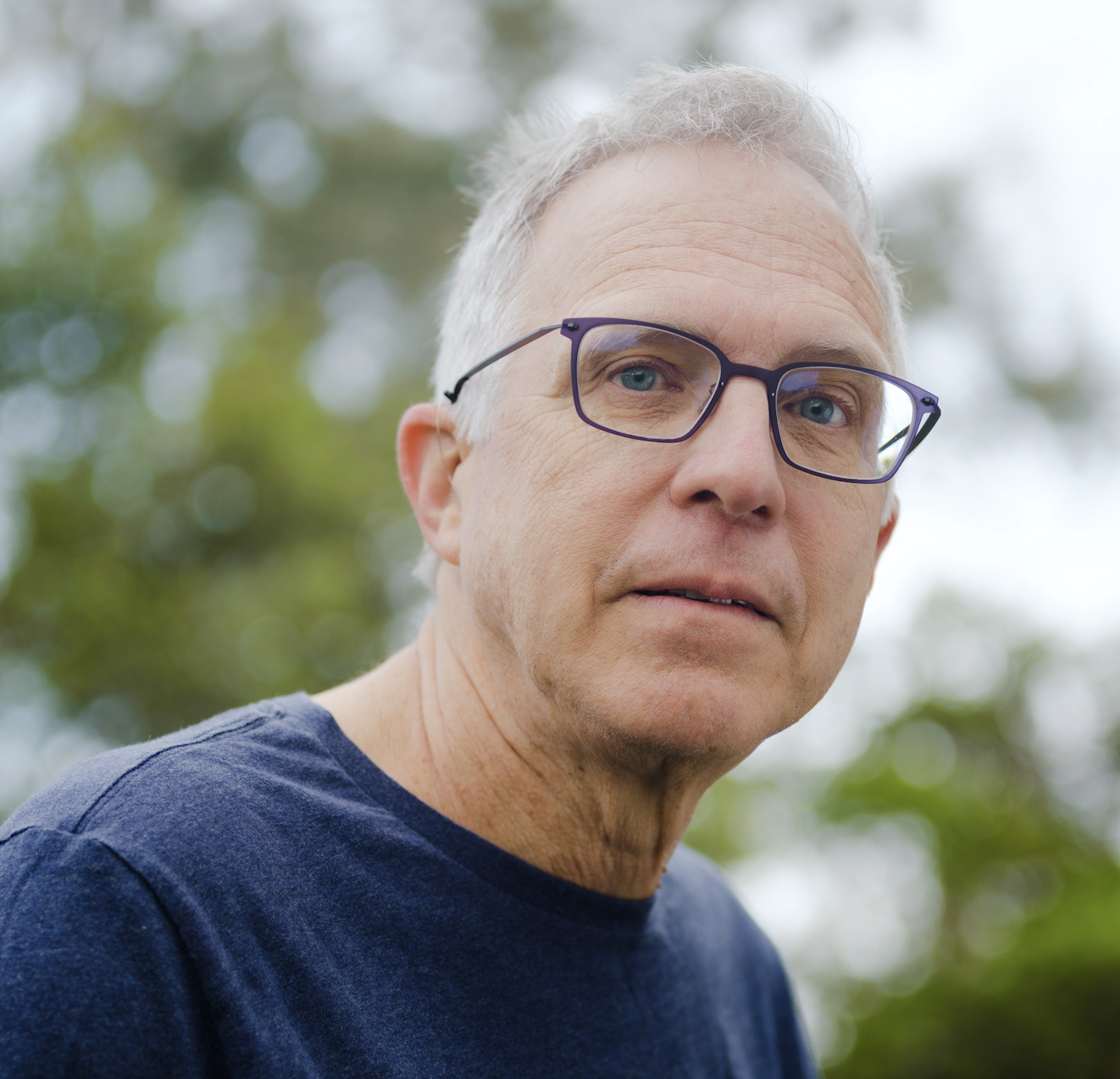Video Explains the Importance of Subsistence Land Commons
Participants in a workshop hosted by the Institute for Advanced Sustainability Studies (IASS) and the German Institute for Human Rights are featured in a nicely done five-minute video, “A Commons Conversation.” (Tip of the hat to Silke Helfrich.) It’s a thoughtful introduction to subsistence and traditional commons, especially in Africa. The focus is on secure land tenure and food security.
The July 2014 workshop is in the midst of producing a “Technical Guide on Tenure Rights to Commons” (or “TG Commons,” for short) at the request of the United Nations Food and Agricultural Organization (FAO). The guide seeks to support the adoption of “Voluntary Guidelines for the Responsible Governance of Tenure of Land, Fisheries and Forests in the Context of National Food Security (VGGT).”
According to the workshop, the TG Commons will:
provide strategies to overcome the challenges inherent in the recognition and protection of tenure rights to commons. The overall objective of the guide is to contribute to national food security, to secure access to natural resources (especially for marginalized and vulnerable groups), to support human well-being and livelihood, sustainable resource use, and ecosystem functioning. This is particularly timely, since today about three billion rural families’ livelihoods depend on common lands, forests and fisheries.
The TG commons guidebook is focused on “providing concrete strategies to achieve the recognition and protection of tenure rights to commons."










Recent comments